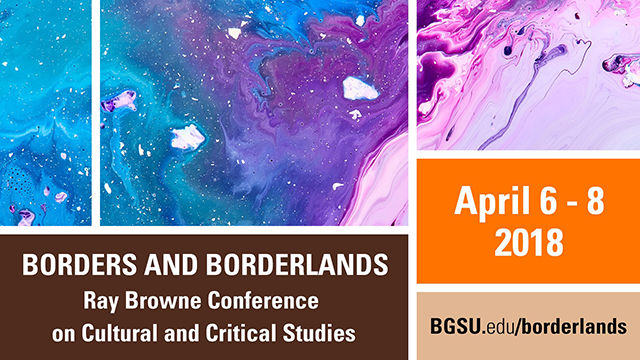
Concurrent Panel Session Eight
Abstract Title
Pestilence at the Borderlands: Political Rhetoric and Animality
Start Date
8-4-2018 10:00 AM
End Date
8-4-2018 10:50 AM
Abstract
“They treat us like pests” remarked an El Salvadoran migrant attempting to acquire health care in the Washington D.C. area in 2012. More than 100 years earlier, the 1911 Dillingham Immigration Commission, a federal bipartisan effort to study issues related to immigration from 1907-1911, stated: “We should exercise at least as much care in admitting human beings [to the United States] as we exercise in relation to animals or insect pests or disease germs.” These kinds of xenophobic comparisons are historic and commonplace in American history, although they have shifted over time based on different historic, international, and cultural events and conflicts that target particular populations. With recent current events such as President Donald Trump’s plan to build an impenetrable wall between the United States and Mexico and to make Mexico pay for it, these immigrant-pest correlations continue to escalate, especially in the American media.
Pestilence at the Borderlands explores the political rhetoric of immigration as it pertains to pest metaphors and pest control discourse, specifically how it plays out in the media regarding crossings of the U.S.-Mexico border. The most basic definition of a “pest” is an animal that is “out of place,” a phrase that borrows from Mary Douglas’s foundational structuralist text Purity and Danger on dirt and taboos. Immigrants, too, are often “out of place,” displaced, or in between places. They live between the world in which they are from and the world in which they inhabit presently. This paper looks at specific ways in which republican politicians have compared undocumented immigrants to pest animals and the violence that this correlation produces, while also maintaining sympathy for the animals that are not only most often killed within American culture but also that produce environmental challenges as the result of human-laid border walls and fences.
Pestilence at the Borderlands: Political Rhetoric and Animality
“They treat us like pests” remarked an El Salvadoran migrant attempting to acquire health care in the Washington D.C. area in 2012. More than 100 years earlier, the 1911 Dillingham Immigration Commission, a federal bipartisan effort to study issues related to immigration from 1907-1911, stated: “We should exercise at least as much care in admitting human beings [to the United States] as we exercise in relation to animals or insect pests or disease germs.” These kinds of xenophobic comparisons are historic and commonplace in American history, although they have shifted over time based on different historic, international, and cultural events and conflicts that target particular populations. With recent current events such as President Donald Trump’s plan to build an impenetrable wall between the United States and Mexico and to make Mexico pay for it, these immigrant-pest correlations continue to escalate, especially in the American media.
Pestilence at the Borderlands explores the political rhetoric of immigration as it pertains to pest metaphors and pest control discourse, specifically how it plays out in the media regarding crossings of the U.S.-Mexico border. The most basic definition of a “pest” is an animal that is “out of place,” a phrase that borrows from Mary Douglas’s foundational structuralist text Purity and Danger on dirt and taboos. Immigrants, too, are often “out of place,” displaced, or in between places. They live between the world in which they are from and the world in which they inhabit presently. This paper looks at specific ways in which republican politicians have compared undocumented immigrants to pest animals and the violence that this correlation produces, while also maintaining sympathy for the animals that are not only most often killed within American culture but also that produce environmental challenges as the result of human-laid border walls and fences.

